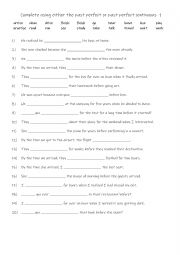
|
Complete using either the past perfect or past perfect continuous 1
First, students need to familiarise themselves with the 2 tenses and their use. Then they read the sentences to see which tense is needed to complete the sentence. Each tense is used 10 times! Answers on page 2.
Level: intermediate
Age: 9-100
Type:
Downloads: 119
|
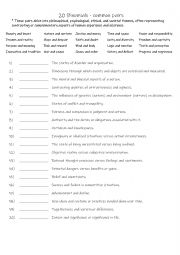
|
Binomials - common pairs of words 1c
These pairs delve into philosophical, psychological, ethical, and societal themes, often representing contrasting or complementary aspects of human experience and existence. This worksheet is suitable for B2-C1 students.Students read the definitions and find the corresponding pairs of words. This sheet can also be used for a speaking reinforcement ...
Level: advanced
Age: 12-100
Type:
Downloads: 124
|
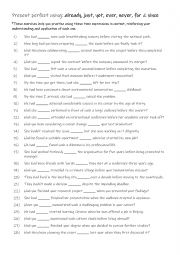
|
B1-B2 Present perfect using already, just, yet, ever, never, for & since
Mastering these adverbs helps students create more natural and fluid sentences, as they are commonly used in everyday English.
They enable students to participate more confidently in conversations about past experiences and ongoing activities. Answers on page 2
Level: intermediate
Age: 12-100
Type:
Downloads: 102
|
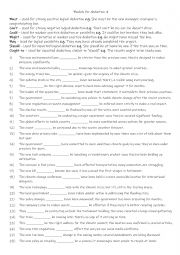
|
A2-B1 Modals for deduction 4
First, students need to familiarise themselves with the modals and their use. Then they read the sentences to see which one is needed to complete the gap-fill. Each modal is used 4 times! Answers on page 2
Level: elementary
Age: 9-100
Type:
Downloads: 110
|
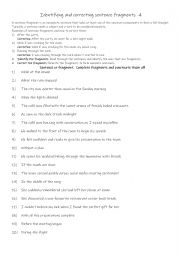
|
Identifying and correcting sentence fragments 4
First, students need to familiarise themselves with identifying and correcting sentence fragments. Then they read the sentences to identify and correct the issue and punctuate all of the sentences Answers on page 2.
Level: elementary
Age: 8-100
Type:
Downloads: 131
|
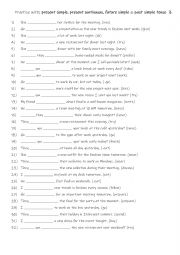
|
A1+-A2 Practise with present simple, present continuous, future simple & past simple tense 3
Students should learn and practice the present simple, present continuous, future simple, and past simple tenses at the A1+-A2 level because these tenses are essential for everyday communication, such as discussing routines, ongoing activities, past events, and simple future plans. They provide a solid foundation for learning more advanced grammar ...
Level: elementary
Age: 8-100
Type:
Downloads: 115
|

|
A2+-B1 Word formation
Students read the sentences and complete the gap-fill with the correct form of the word using the base form of the word in (). Answers on page 2.
Level: intermediate
Age: 8-100
Type:
Downloads: 120
|
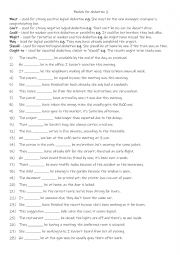
|
A2-B1 7 modals for deduction 2
First, students need to familiarise themselves with the modals and their use. Then they read the sentences to see which one is needed to complete the gap-fill. Each modal is used 4 times! Answers on page 2.
Level: elementary
Age: 9-100
Type:
Downloads: 113
|
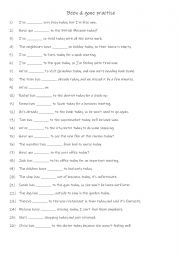
|
A2+-B1 Been & gone practise
Using "been" and "gone" properly helps students master the present perfect tense, which is essential for expressing completed actions that still impact the present.Misusing these words can lead to confusion about whether someone is still at a place or has already returned, so learning the difference is essential for clear communication. Each word i...
Level: intermediate
Age: 9-100
Type:
Downloads: 110
|
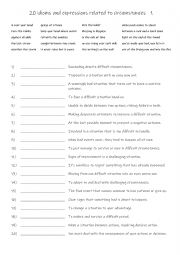
|
B1+-C1 20 idioms and expressions related to circumstances 1
First, students need to familiarise themselves with the 20 idioms and expressions and their meanings. Then they read the definitions to see which one is being described and write that word in the space provided Answers on page 2.
Level: intermediate
Age: 11-100
Type:
Downloads: 115
|












